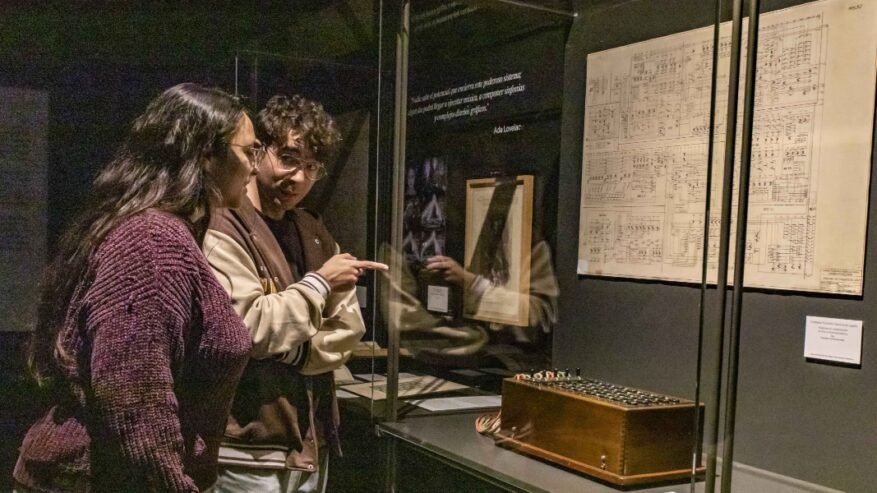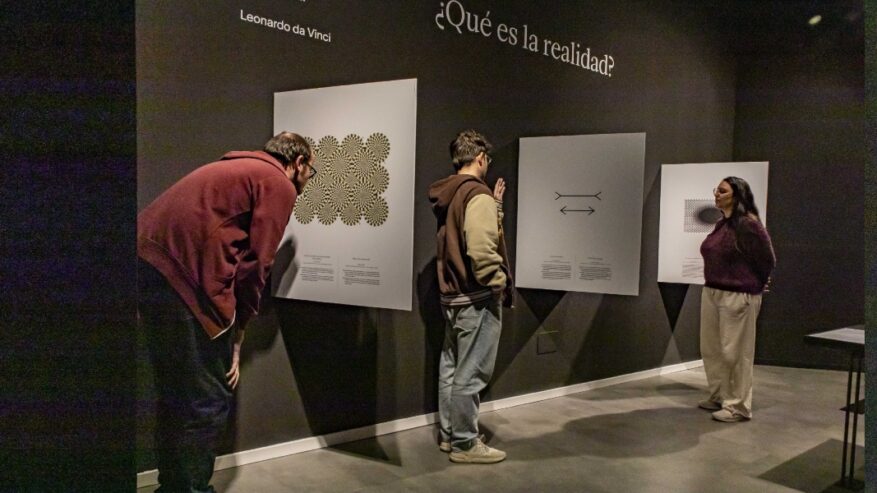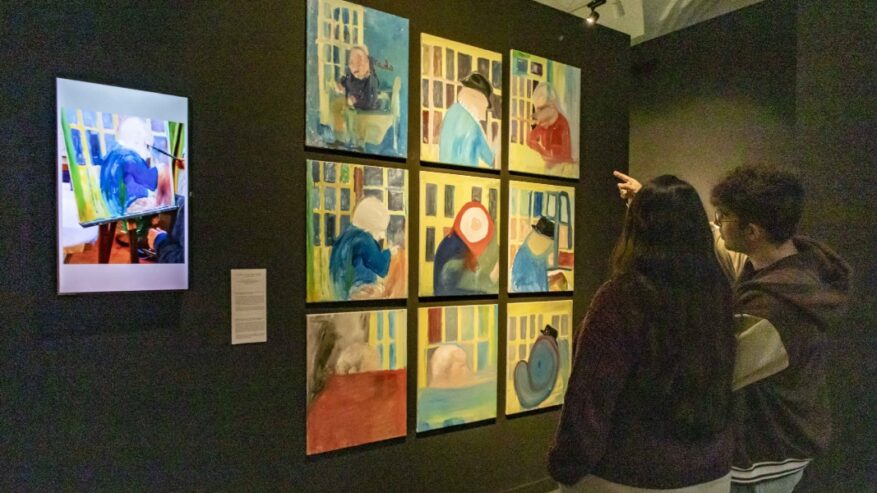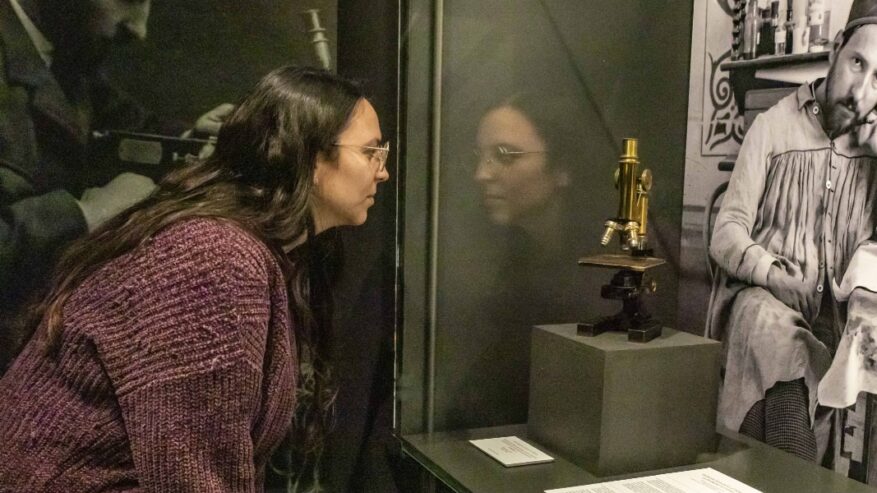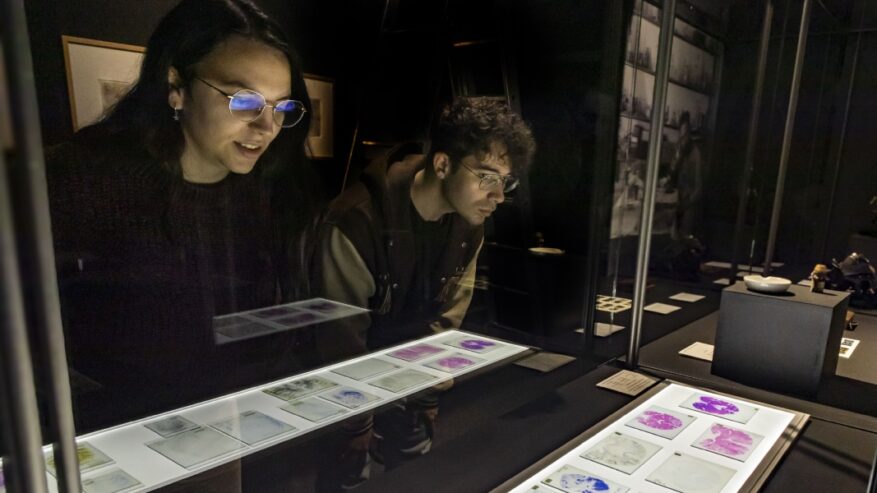Exposición
‘Cerebro(s)’ in Sevilla
Place
Casa de la Ciencia de Sevilla
Date
11 April 2025 - 28 June 2026
The exhibition, composed of 150 pieces, explores at a philosophical, scientific and artistic level the mysteries of this organ throughout history.
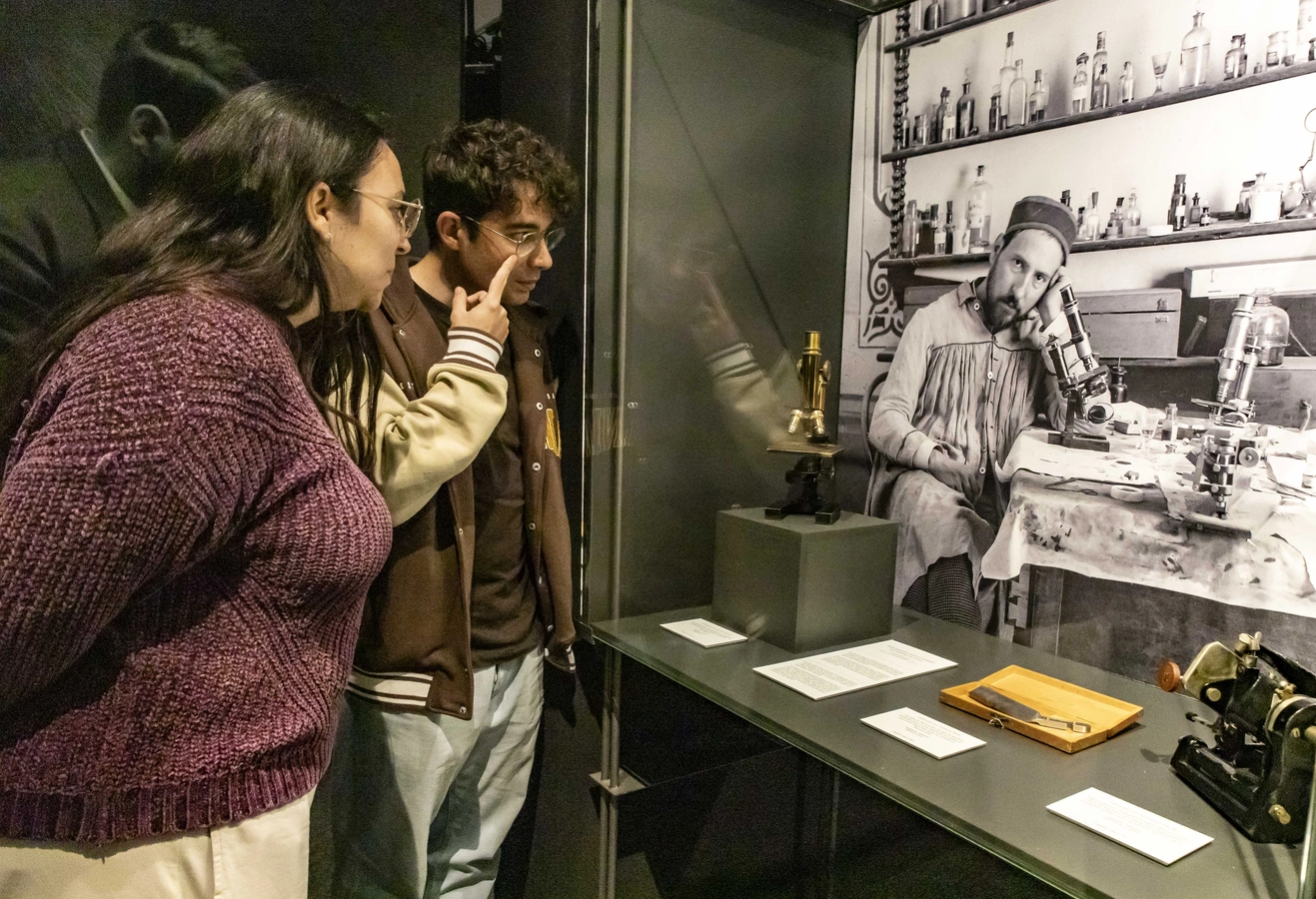
Cerebro(s)’ in Sevilla
The Casa de la Ciencia de Sevilla, outreach center of the Spanish National Research Council (CSIC), incorporates from tomorrow, April 11, a new exhibition that will form part of its renewed outreach offering. It is ‘Cerebro(s)’, an exhibition composed of 150 pieces including immersive contemporary art installations, audiovisual works, pieces from historical collections and results from scientific research projects about this fascinating organ. An extensive network of researchers, creators and thinkers participate in this exhibition produced by the Centre de Cultura Contemporània de Barcelona (CCCB), Fundación Telefónica, the Wellcome Collection and the Ministry of Science, Innovation and Universities (MICIU) and curated by physicist and biologist Ricard Solé and Emily Sargent, exhibitions director at the Wellcome Collection.
The exhibition, which can be visited until June 2026, takes the public into both the anatomy of the brain and everything it generates: consciousness, abstract thought, language, imagination, dreams and memory. The exhibition also explores other minds beyond the human: artificial, animal and collective intelligences, as well as those of organisms without brains. Why are there brains? Where does consciousness come from? And creativity? What happens when the mind becomes ill? Can intelligent machines be created? What can we learn from the collective intelligence of ants? Cerebro(s) delves into these questions and many others through observation of the rich landscape of cognition and its historical development, from natural systems to systems created by human beings. Through a journey that combines historical, scientific and artistic material, and that poses open questions to the visitor, it questions the understanding of conscious experience and explores what can happen when this is interrupted or deteriorates.
The inauguration ceremony at the Casa de la Ciencia was attended by the institutional delegate of CSIC in Andalusia, Margarita Paneque and the deputy vice-president of Scientific Programming of CSIC, Jaime Carvajal. They were accompanied by the general director of Culture of the Seville City Council, Fernando Mañes; the vice-counselor of Educational Development and Professional Training of the Junta de Andalucía, Pablo Quesada; the general director of Research Planning of the Ministry of University, Research and Innovation of the Junta de Andalucía, Loreto del Valle; the deputy general director of Transfer of MICIU, Fernando Mérida Martín; the exhibitions director of the Centre de Cultura Contemporània de Barcelona (CCCB), Jordi Costa; and the head of Art, Culture and Thought at Fundación Telefónica, Pablo Gonzalo.
‘Cerebro(s)’ has been promoted by MICIU as part of the programming of the Ramón y Cajal Research Year 2022, and its arrival at the Casa de la Ciencia de Sevilla has been possible thanks to the support of the Spanish Foundation for Science and Technology (FECYT) and CSIC.
A journey through different areas
The exhibition begins by analyzing the study of fossil skulls and cave art, in addition to delving into the classical approach based on anatomical descriptions. It also addresses ancient questions related to the importance of brain measurement and the emergence of phrenology. And the public will be able to learn more about the development of the science of electricity, a milestone that conclusively demonstrated that electric fields were an important part of neural activity, favoring the beginning of scientific studies in this field.
Thought, emotions, dreams and consciousness are also fundamental axes of Cerebro(s), with memory being the most important attribute of our brain. As soon as the first scholars began to understand that the brain could be related to disease, attempts to change brain states emerged: initial techniques have given rise to new technologies such as, for example, virtual reality or deep brain stimulation, treatments that offer unexpected ways to find answers to brain diseases.
The cognitive biosphere is not limited to our brains. We are beginning to realize that answering big questions might involve having to look for cognitive agents that challenge our intuition: simple cells that solve complex mathematical problems, collective intelligences developed by species that work together as a single mind, artificial intelligences that mimic brain circuits or biological robots without brains that show basic behaviors. The exhibition also emphasizes the current state of neuroscience and the philosophical and ethical explorations that some artists make based on this knowledge.

